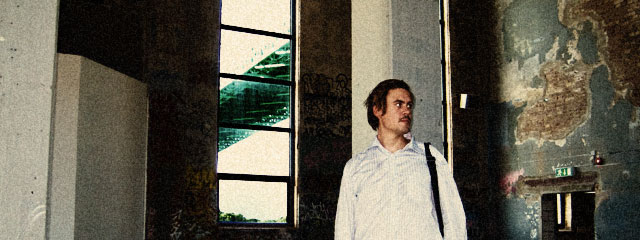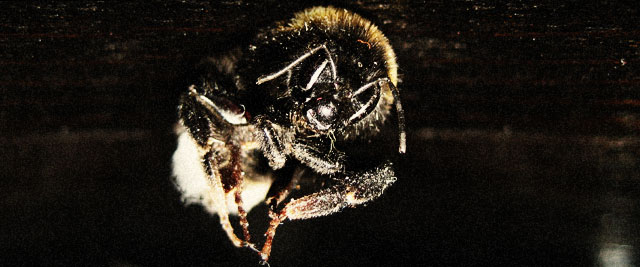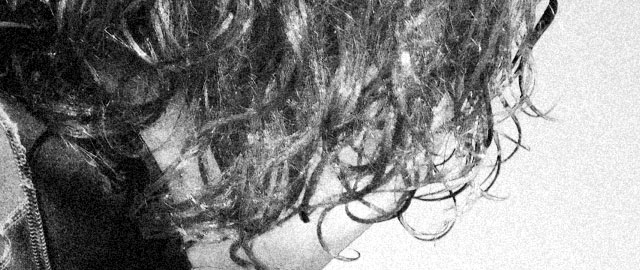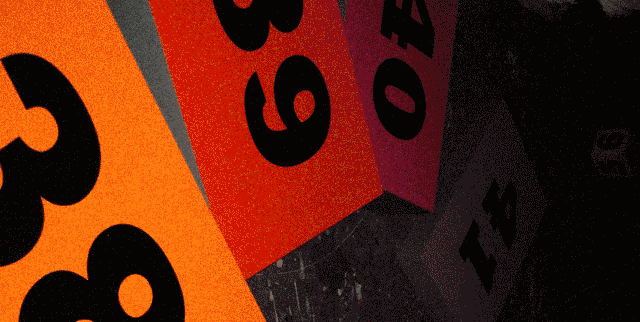This is from the introduction to a book that covers the world of contemporary art quite well. In the making: Creative Options for Conemporary Art, edited by Linda Weintraub. Even though what is said is general and non-specific, it still describes the art world of today quite well as I understand it:

“Today’s artists typically meet in cafes and then return to their studios where one may plug into a bank of computers while the other sorts scavenged debris and a third sketches the origins of the universe. The work of one may ponder eternity, the other may instigate political protest, and the third may conjure futuristic fantasies. Art-making has become so inclusive that even the manners of being innovative have proliferated.
Only some precedent-defying artists expel cherished traditions. Others may innovate by rejecting the assumption that originality is a hallmark of great art.This assumption is so widespread that artists who preserve historic styles can also be labeled as rebels. Thus, contemporary art embraces the maverick and the traditionalist.
No topic, no medium, no process, no intention, no professional protocols, and no aesthetic principles are exempt from the field of art. Also missing are preexisting standards, predetermined measures of success, and ready-made definitions of art. Such artistic license grants to artists an exceptional opportunity.
They are free to originate new cultural possibilities. Indeed, they are uniquely unencumbered by methods, rules, and requirements. As such, they are our culture’s “free radicals,” constitutionally primed to disrupt states of equilibrium and initiate change.
This expanded domain of art production can be traced to a broader cultural circumstance. Local customs of all kinds are being pummeled by the incursions of competing traditions from around the globe and across the spans of time. Imported cultures pervade books, television, exhibitions, music, home furnishings, cuisines, advertisements, health care, college curricula, religious practices, and the Internet. Each augments the stockpile of artistic prototypes.
Some local artistic traditions are malleable and accommodate new influences. Others become hopeless misfits and succumb to obsolescence. Artistic responses to this mixing and matching of cultural traditions range from decrying the contamination of cultural pedigrees to welcoming the rich diversity they afford. Both responses demonstrate that the artistic models are no longer limited to artists’ ancestors and their places of birth.
Being a “traditional” artist now requires choosing from a profusion of cultural options, all available for adaptation in part, in combination, or in their entirety.”


The problem with art for me is a personal one rather than a conceptual: What the hell are you supposed to do if you can do whatever you want? The beauty of doing and working with art is that you can do literally anything you like and present it as art. This is a good thing™. You can use all the intellectual tools at your disposal to dissect any question you’d like, and if you appreciate your audiences’ knowledge you can be quite sublime about it. What you are doing is never understood as the whole work, but rather is seen in a context – a context that you as an artist are either supposed to be aware of, or one that you will be shoehorned into.
One useful thing that deconstruction brought to the surface was that art was forced to bring in everything into it’s description. Every tangential circumstance of what you are doing has a bearing on what you are doing. You are accountable for why you used a certain brush but not another – if you can’t explain that fact your ignorance is taken into account and the discussion moves back a step from the specifics of your work to your approach to it – account for why you don’t think that the brush doesn’t matter. This ideal of accountability is good thing™.
Art is the most fickle of markets. I am one of a multitude of people who try to somehow get some money and to command respect for how I see the world. We are trying to convince others that we are entitled to interpret their reality, that we somehow can tell others something that they didn’t already know, and all of this in a manner that is abstract most of the time, and self-serving all of the time. All of us working in the field are convincing our friends that what we are doing is a good thing™ in the sense of being attuned to what works. That we know what is beautiful; not in and of itself, but what is beautiful at the moment and will be understood as such by those we want to convince.


Those of us who did not already know it, realise somewhere along the way that most people don’t know what the hell we are doing. And time and again we have to choose if it matters. “Yes mom, I’m burning a whole bunch of flags. Yes it’s for work. Art work.”
As I am constantly reminded of, both by artist friends and by the art world in general, my main problem is that I still differentiate between my artistic practice and everything else. To be an artist is to make art all the time – not in the sense of working a lot, but rather that there is nothing but work. You cannot breath without doing art. The job description of an artist is not necessarily to produce something for others to experience, but to be someone who is constantly aware of his or her role as an artist. To be the person who wills the world from moment to moment, to be the self-appointed titan of sorts who doesn’t necessarily carry the weight of the world on his shoulder, but is forced to think of it constantly. It’s a thankless job because there’s no discernable meaning to it other than the one you convince yourself and others of. Art is its’ own circular argument. Art for art’s sake has traditionally implied that there’s a necessity to it for outside observers, but today art for art’s sake has taken on it’s literal meaning: Since everything is art, we do art because there is nothing else. It is the place where we create meaning, it is as solid ground as we are likely to find.

But if I as an artist am the one who constructs meaning, and with one foot try to stand on my own construction of meaning, and with the other try to find purchase in something else, I feel like someone who takes one step too many walking up stairs – the unsettling feeling of knowing that I had something to stand on just a second ago, but finding myself falling forward because there is nothing but empty air where my weight is. Art is not a stepping stone to anything for me, it is an end to itself, and I have a hard time consolidating this understanding with whom I’ve grown up to be and still identify myself with. Maybe it’s just a question of maturity and, in my case, a lack of it.






